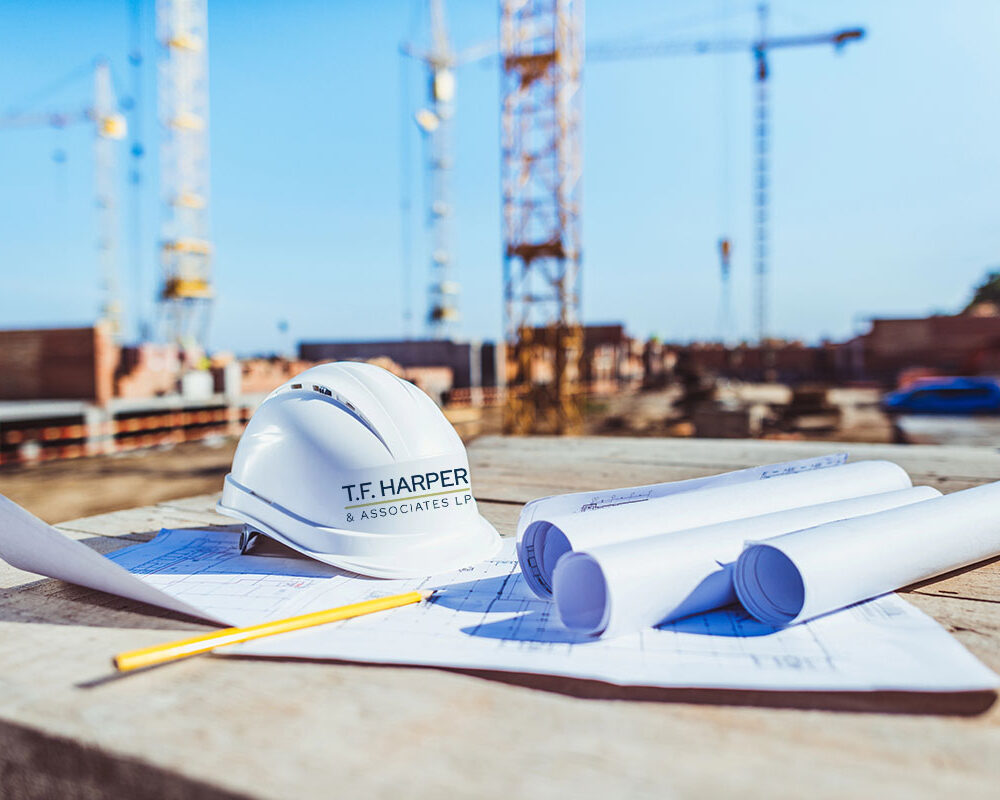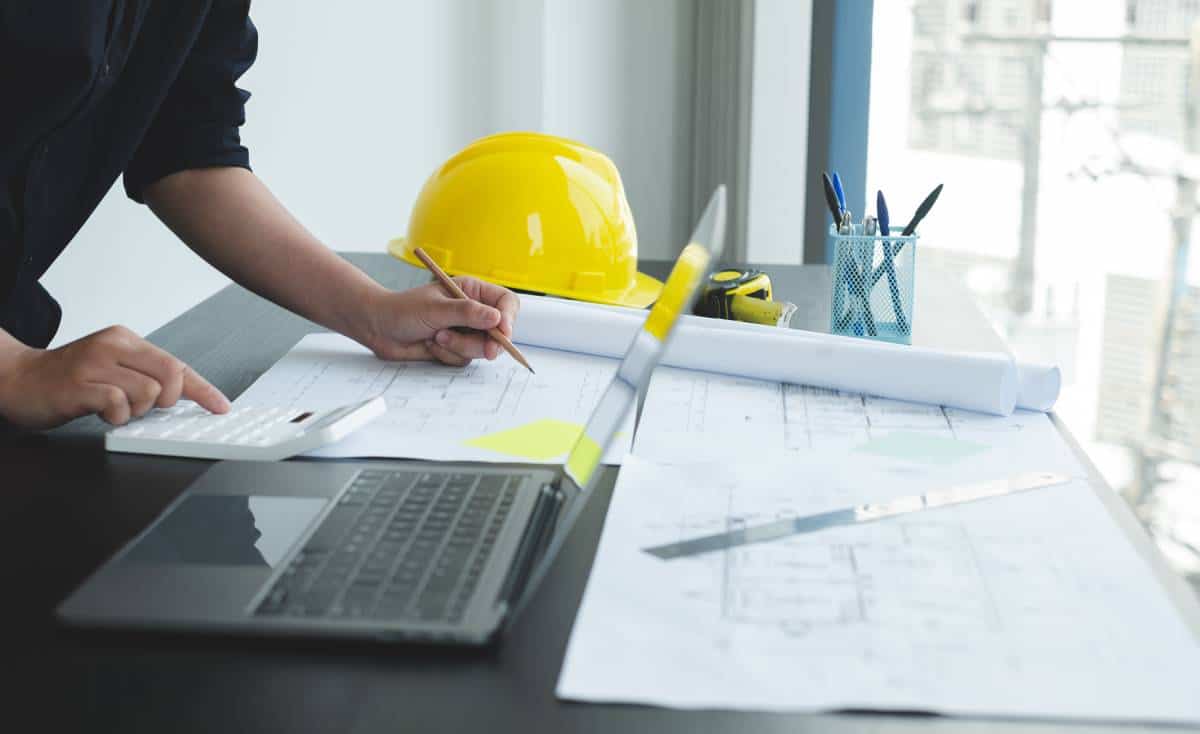Choosing the right method for your Austin construction project can make a big difference in cost and timeline. Two popular approaches that have emerged are design-build and traditional methods. While both methods have their merits, understanding the differences between them is crucial in determining which one best suits your project’s unique requirements.
We’ll detail the intricacies of design-build and traditional methods, highlighting their pros and cons, industry trends, and providing you with valuable insights to help you make an informed decision when it comes to commercial construction in Austin.
So, get your hard hat on as we embark on a comprehensive exploration of design-build versus traditional methods in construction!
A Glimpse into Design-Build and Traditional Building Methods
The design-build approach is a streamlined and collaborative method that involves a single entity responsible for both the design and construction of a project.
This integrated approach eliminates potential communication gaps between architects, engineers, and contractors, resulting in faster project delivery and improved efficiency. With this approach, clients can expect reduced costs, accelerated timelines, and increased accountability.
On the other hand, traditional building methods involve separate entities handling different phases of a project. A client hires an architect to create the initial designs before seeking out bids from various contractors for construction work. While this method allows for multiple perspectives during the design phase and potentially lower costs due to competitive bidding, it may lead to prolonged timelines as coordination issues among different parties often arise.
In recent years there has been a shift towards embracing more design-build projects due to their efficiency benefits. Contractors with in-depth knowledge of architecture are increasingly taking on responsibilities traditionally held by architects under this model. However, traditional methods still have their place in certain situations where distinct expertise or clear separation between disciplines is essential.
Choosing between these two approaches ultimately depends on your project’s unique requirements such as timeframe constraints, complexity level or specific budget considerations.
Streamlined Processes and Collaboration with Design-Build
Design-build efficiency is a key advantage of the design-build approach compared to traditional methods. With design-build, the entire project team, including architects, engineers, and contractors, work together from the beginning stages of planning through to completion. This streamlined process eliminates communication gaps and promotes collaboration among all parties involved.
One major benefit of this collaborative approach is the ability for early input from all stakeholders. This decision-making process from the start mitigates potential issues and resolves them more efficiently. This reduces costly change orders and rework later on in the project.
Design-build allows for quicker decision-making. With all team members working together under one contract and sharing information in real-time throughout each phase of construction, there is less need for time-consuming coordination between different entities.
Quick decision-making translates into faster project completion times and ultimately saves money.
Architectural Detail and Specialization with Traditional Construction
Traditional building methods have long been favored for their attention to architectural detail. With a focus on craftsmanship and artistry, traditional construction techniques often incorporate intricate designs and ornamental features that give buildings a unique and timeless aesthetic. From hand-carved moldings to decorative metalwork, these architectural details serve as a testament to the skill and expertise of the builders.
Another strength of traditional buildings is specialization. Traditional methods usually involve various specialized tradespeople working together to bring a project to life.
This collaboration allows each specialist to focus on their specific area of expertise, resulting in high-quality workmanship across all aspects of the construction process. Whether it’s masonry, carpentry, electrical work, or plumbing, these specialized trades contribute their knowledge and skills to create buildings that are both structurally sound and visually appealing.
These strengths ensure that projects are built with precision and care, resulting in structures that not only stand the test of time but also showcase exquisite craftsmanship. You can make an informed decision when selecting the right method for your next construction project.
Choosing the Right Approach for Your Project
Tailoring a construction project to suit your needs requires careful consideration of the different approaches available. Design-build and traditional methods are two popular options, each with their own advantages and disadvantages. Understanding the unique requirements of your project is essential in choosing between these two methods.
Design-build is an integrated approach that combines both the design and construction phases under one contract. This method offers several benefits, including streamlined communication, faster completion times, and potential cost savings. It may not be suitable for projects where there is a need for extensive customization or where multiple stakeholders have specific design preferences.
On the other hand, traditional methods involve separate contracts for design and construction phases. While this approach allows more flexibility in terms of design changes during construction, it can potentially lead to communication gaps between designers and contractors. Traditional methods are often preferred for complex projects that require high levels of customization or when multiple parties are involved.
By understanding the pros and cons of both design-build and traditional methods, you can make an informed decision on which approach will best suit your needs.
It’s crucial to seek professional advice from experienced industry experts who can guide you through these considerations to optimize success in your next construction project.
Your Vision Your Way
By now, hopefully you understand some key differences between design-build and traditional methods in construction projects. Understanding the advantages of each method will help you make informed decisions for your next construction project.
Design-build offers a streamlined and collaborative process, where a single entity is responsible for both design and construction. This method can save time and reduce potential conflicts, resulting in faster project completion and often cost savings.
On the other hand, traditional methods provide distinct stages for design and construction, allowing for more specialized expertise at each phase.
It’s crucial to consider the specific needs and goals of your project. Are you seeking a single point of accountability and potential cost savings, or do you prioritize a more segmented and potentially more comprehensive approach?
Ultimately, the decision should align with the unique requirements of your project and your comfort level with the associated complexities and responsibilities. No matter which path you choose, a successful project hinges on effective communication, collaboration, and the expertise of the professionals involved.
Careful planning, a clear understanding of project goals, and a well-defined scope are all critical elements that can help ensure your project’s success, whether you opt for Austin design build services or traditional methods.











